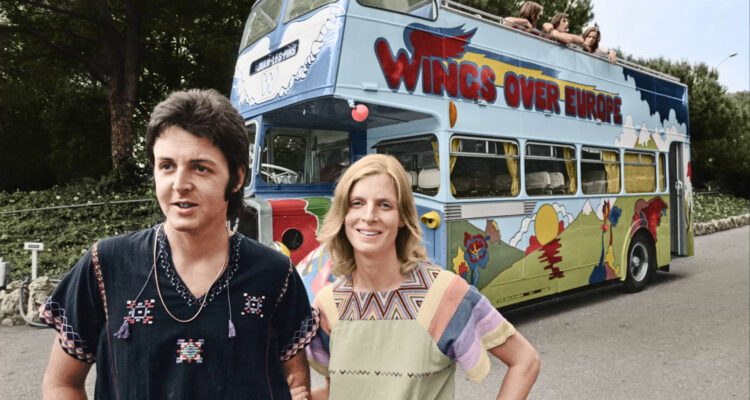Citroën SM – The Italian Connection
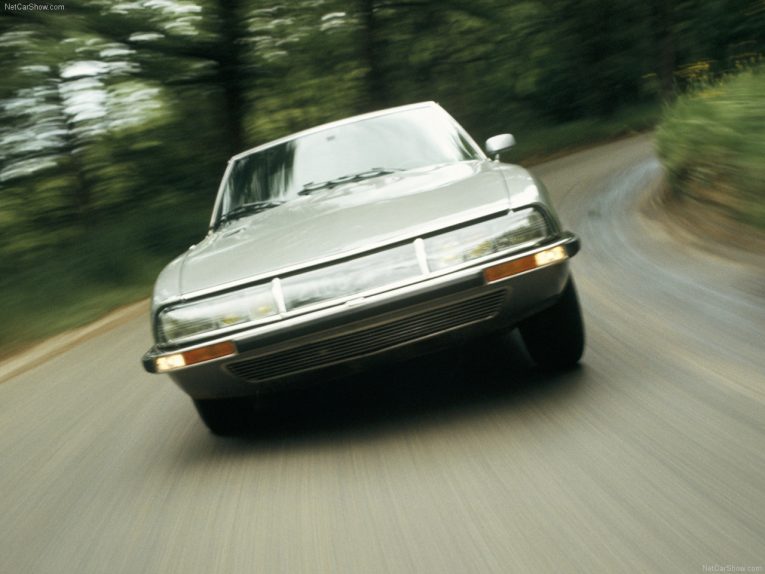
Citroën has always been a bit, well, a bit mad. When every other car company has routinely been slotting a square peg into the square hole of car design, Citroën has been trying to wedge a glitter-covered passion fruit through it, while laughing maniacally. It does not conform to the norm. Even today, it’s a bit outside the sphere of normality – with cars that feature ‘air pockets’ on the outside of the body as well as random bits of trim that have been painted bright orange, irrespective of the rest of the car’s colour. Certainly, if there were a Venn diagram featuring ‘sensible’ and ‘car’ there would be no intersection. In the case of Citroën, the ‘car’ element would heavily overlap that of the ‘bonkers’ element.
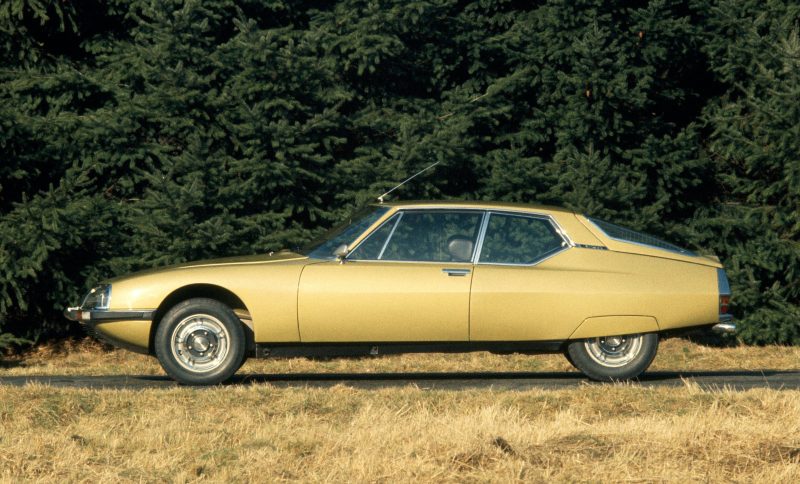
This brilliance is often not the recipient of reward in the real world. To be different is good, but generally we all have to adapt and conform in some way, just to ensure we get by. In the world of business, then, you’d naturally assume that lunacy would spell disaster. And admittedly, for Citroën it did, but not without first developing some incredible machines. One of which was the now legendary SM. Part Citroën, part Maserati, all bonkers. But also, so brilliant.
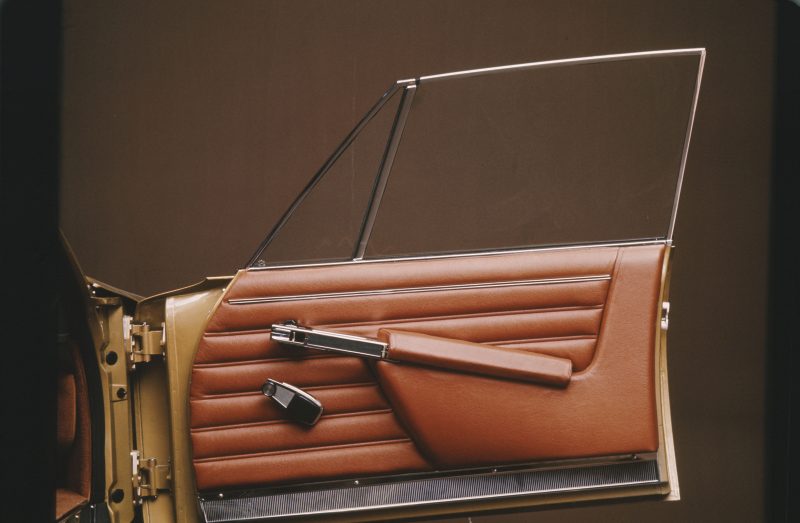
Citroën didn’t really have a lot to offer the world in the 1960s. There was the 2CV, which was batty in its own way, yet brilliant, of course. Then, there was the rolling spaceship that was the DS. A four-door saloon that floated along on spheres full of bright green liquid, that had headlights capable of looking around corners, and that was more comfortable than attaching four wheels to the most expensive offering from Bensons For Beds.
They were both good cars, make no mistake. But they were the only cars on offer. And that wasn’t going to do. The Traction Avant was long gone. The Saxo VTS wasn’t so much as a glimmer in the designer’s eyes. Citroën needed something to bridge the gap, something sporty, fast, intelligent, comfortable and bonkers. How bonkers? Citroën had the idea for this car, and immediately went out and bought Maserati. It wanted the engines. Or more accurately, 75% of one of the engines. Namely the V8 designed by Giulio Alfieri. So, ‘buy another company for some of it’s engine’ bonkers, then.
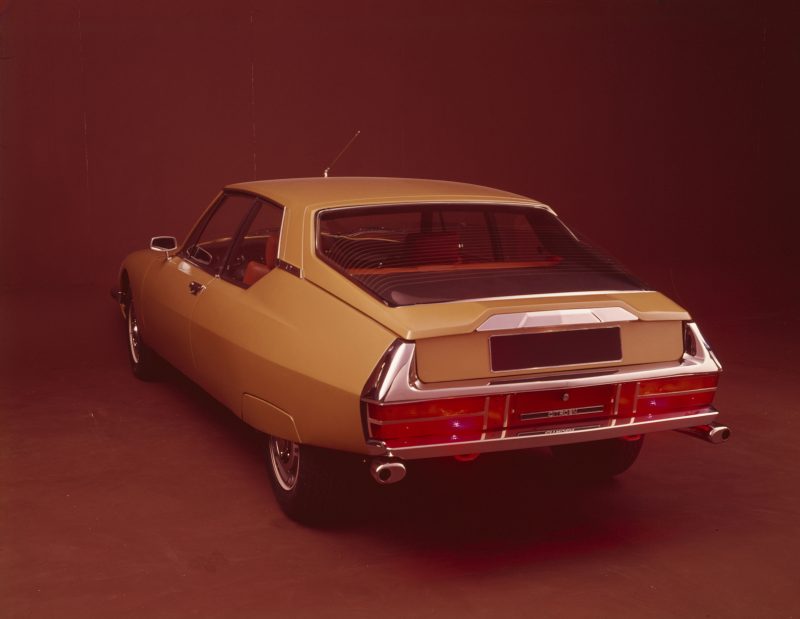
The engine in question was the Maserati V8, but Citroën didn’t want eight cylinders. It only wanted six. Not only was this because of available space, it was also to stay under a tax bracket, namely that imposed by the puissance fiscale system or ‘horsepower tax’. This ruling saw cars with an engine capacity over 2,700cc get heavily taxed. Citroën needed to avoid that if it was going to sell any cars. So, a V6 was developed and built using the same tooling as the V8. This meant it was a highly unusual engine in that the banks were 90 degrees opposed, rather than say the more common 60. It wasn’t just a case of lopping off a couple of pistons though. Alfieri has to re-engineer the engine significantly. A shorter-throw crankshaft was fitted, the stroke was dropped by 10mm from 85 to 75mm. It wasn’t enough though, as the engine was still over capacity. The final step was a reduction in bore by a mere 1mm. This brought the quad-cam V6 down to 2,670cc.
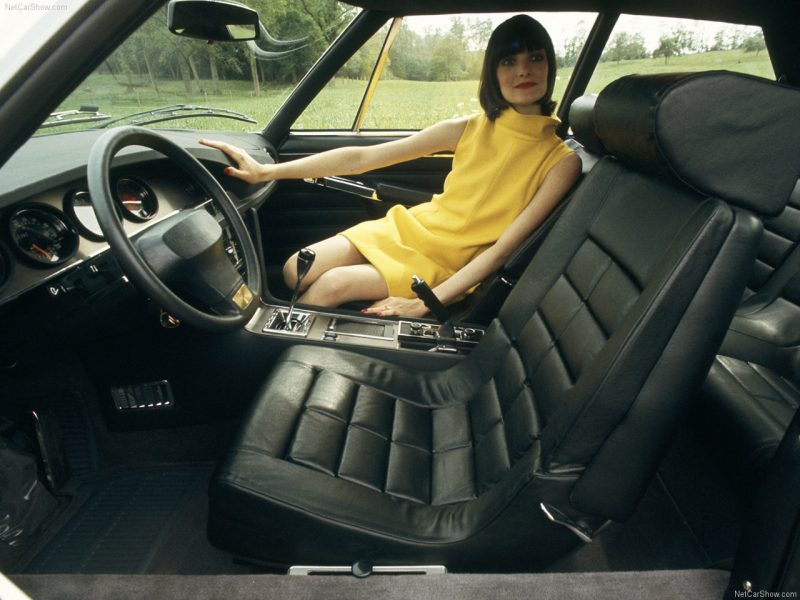
The engine in the Citroën SM is a masterpiece, make no mistake. Early cars were fuelled by three Weber carbs resulting in some 170bhp (though 200bhp was possible with a different cam profile), while later post-‘72 versions had electronic fuel injection and more power, resulting in an impressive top speed of 142mph. But despite Citroën’s determination to have this fancy new engine, speed wasn’t the ultimate goal. Citroën wanted pace, granted, but it also wanted the SM to be a flagbearer for its technology and its ability to offer a ride like nothing else.
As such, the suspension from the DS was refined even further before being fitted to the SM. The hydropneumatic system would allow the SM to stay level no matter how loaded it was, it kept it flat through the bends and while braking, and it sucked up the bumps no matter how big they were. The system also powered the brake circuit, which was revolutionary. The SM gained discs at all four corners, improving on the DS’s drum rears.
The steering of the SM was also a revolution. Lock-to-lock was just two turns, which was a cause for concern for many drivers who simply couldn’t get used to the direct and sudden nature of it. However, when people did adapt to it, many were keen to say it made all other steering seem vague and dated.
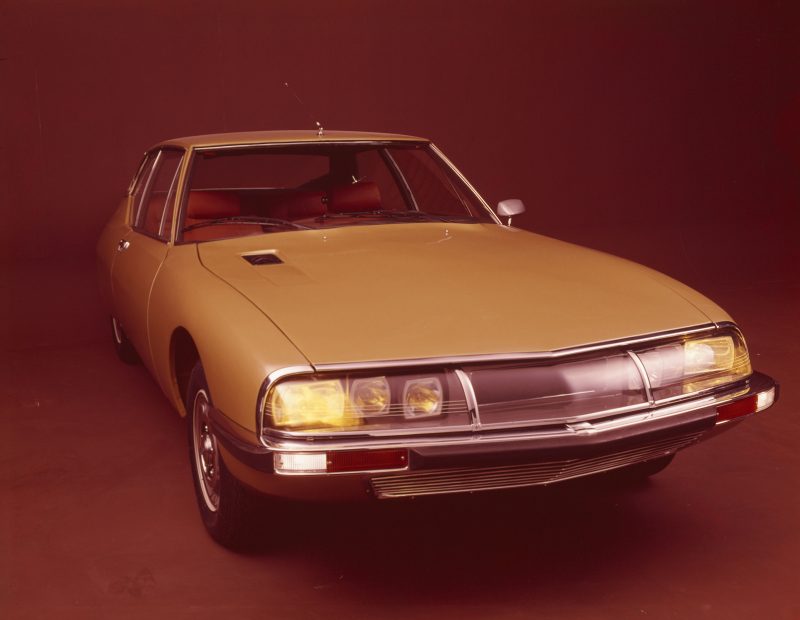
The clever steering didn’t stop at what was essentially a quick-rack. The SM was the first car to offer what we now know as speed sensitive power steering. We take it for granted now, but back in 1970 it was space age. By setting the suspension up in a certain way, with near zero caster, and via the help of hydraulics (the French LOVE hydraulics) the steering would become heavier at speed, giving the driver a greater feel. Furthermore, the steering would always self-centre. The system, known as Direction à Rappel asservi, or DIRAVI for short, was the forebearer of modern steering.
Then, of course outside of the tech, there was the way the SM looked. Built to be a luxury four-seater, the long, low and wide GT body was the work of Citroën’s chief designer, Robert Opron. He would also go on to pen the CX and GS, and when you look at the SM with its Kamm tail and it’s rear arch skirts, the similarities are abundant.
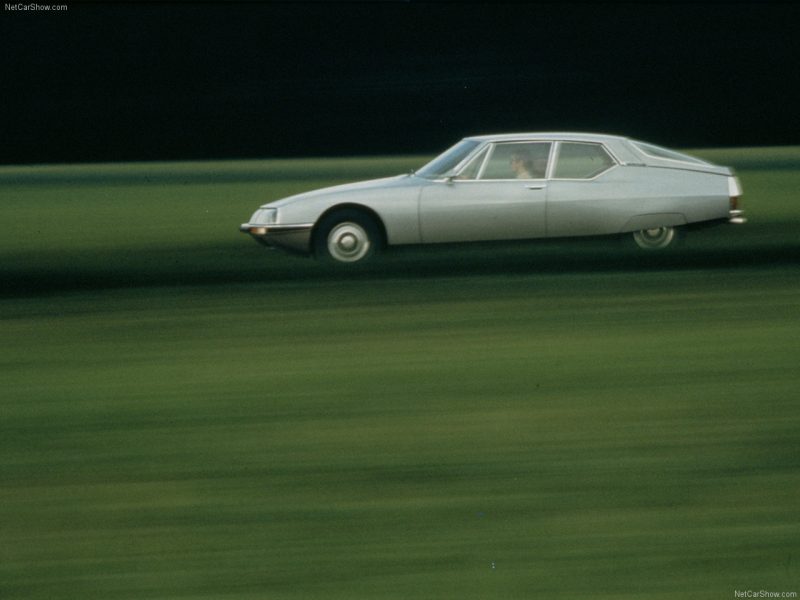
The SM was also fiercely aerodynamic, with a drag coefficient of 0.26. That’s the same as a Vauxhall Calibra… from twenty years later. The sleek body ensured the SM’s slippery nature, but other features such as the enclosed full-width light unit at the front also helped it cut through the air. Oh, and just to take a dip back into tech stuff, those same headlights would pivot with the steering to allow the driver to see around corners in effect. Clever stuff. Car manufacturers shout about that today, in 2020. Citroën was doing it over fifty years ago.
Citroën unveiled the SM at the Geneva Motor Show in 1970, a mere two years after the project had started. Alongside it was the GS, an equally revolutionary car that shared the same suspension and Kamm-tail technology as the big SM. The GS would be the more important car for Citroën though, thanks to it being a more commercially viable family car. Something the French brand so desperately needed. The SM was a halo car, a flagship machine that served to show what Citroën could do, despite the fact that nobody had actually asked to see.
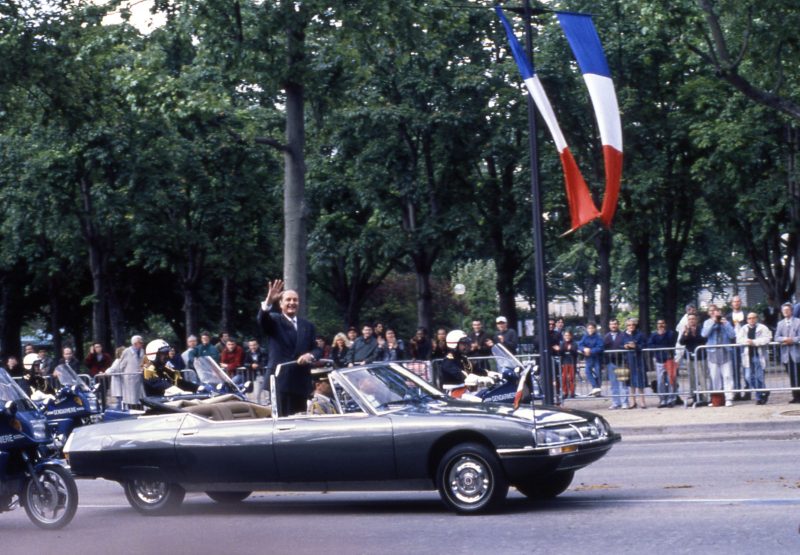
Early road tests of the SM were favourable, with many journalists left astounded by the cars handling (once they had familiarised themselves with the steering), its ability to go fast for a very long time, and its outlandish levels of comfort. It was a hit, but only in the beginning. The development of the SM had taken a considerable toll on Citroën, running the company’s bank accounts to near dry. To add insult to injury, sales were not good for the SM. The American market was key, but the SM didn’t conform to design and lighting regulations, which in effect banned it unless Citroën went back to the drawing board.
The SM, once out in the world, also proved to be worryingly unreliable. The 90 degree V6 was a baffling prospect for most mechanics, the carbs constantly needed adjustment, the transmission was alarmingly delicate, and that was just the beginning. Once the SM’s reputation for unreliability permeated the masses, sales fell flat. In 1974, just 294 were built and sold.
At the same time, despite its gusto and the welcome sales of the GS, Citroën filed for bankruptcy. Peugeot bought the failing company and took a long hard look at the books. In ‘75, it divested Maserati and it also binned the SM. Just 115 were sold in ‘75. It was a car that was misunderstood, that was perhaps ahead of its time, or maybe it was just bad timing given the ‘73 oil crisis and economic recession?
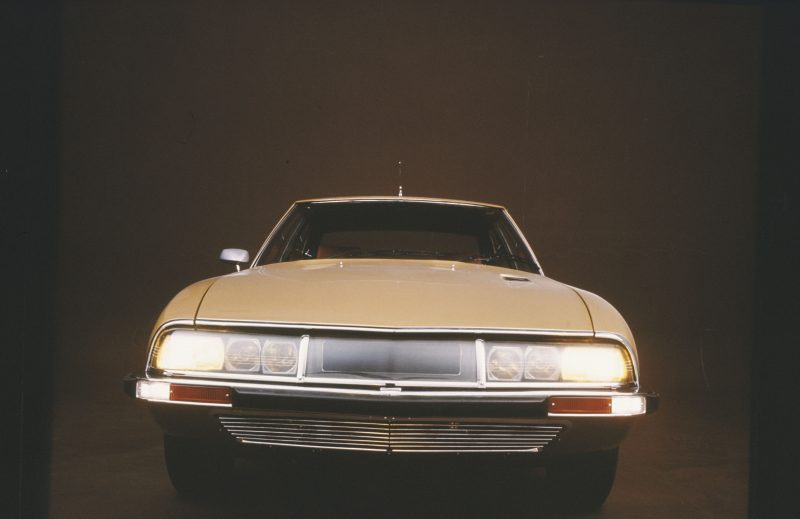
The SM is the vehicular embodiment of ‘better to have loved and lost than to have never loved at all’. It was brash, it was brave and it was built for the sake of being built. There was no heavy market research or need to satisfy a particular demographic. Citroën just wanted to build it. So it did. It didn’t work out, but that’s life. And the SM’s short run simply adds to its legacy of intrigue. So join us in celebrating the SM’s 50 year anniversary. A true legend, and a wonderful demonstration of the mad, unabashed days of Citroën design.

